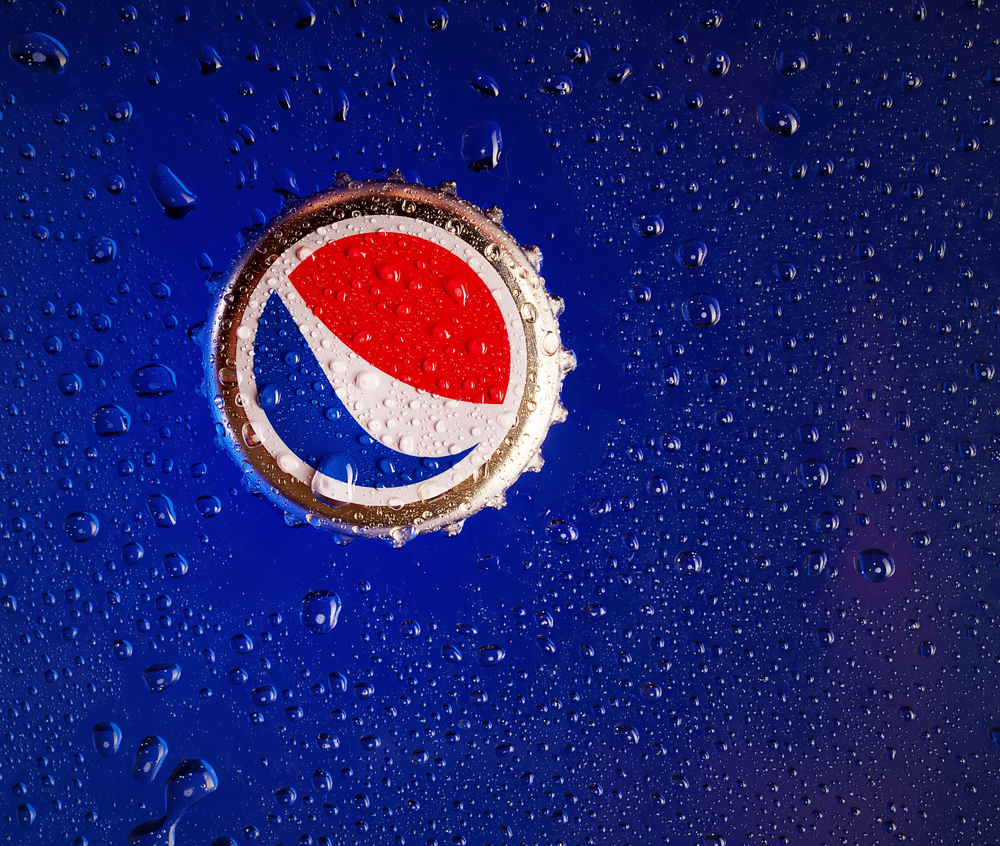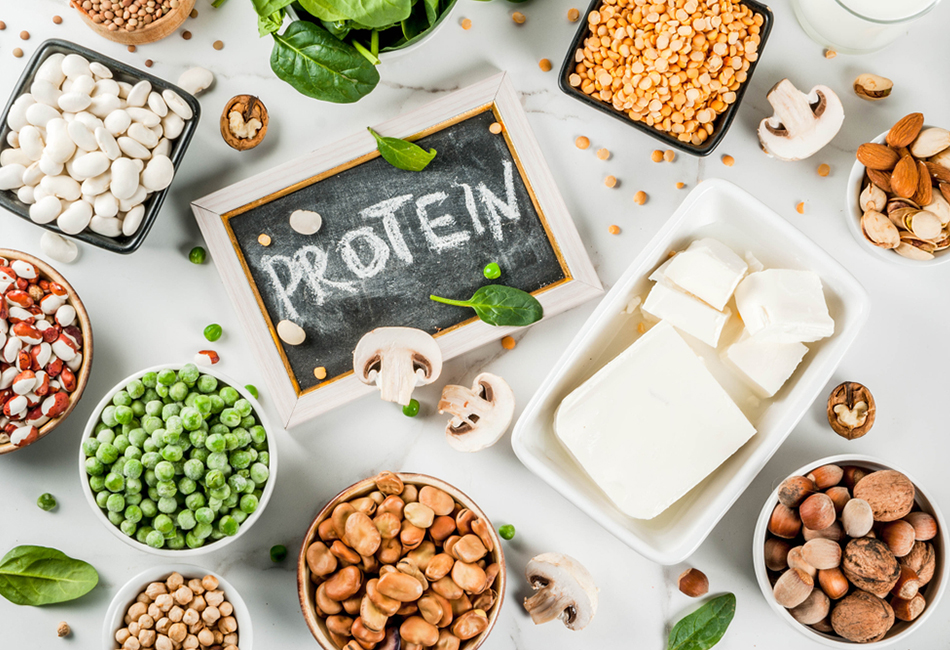Download Free Vegan Starter Kit -
3.png)
Plant-Based Proteins And Their Advantages
WHAT IS PROTEIN?
A protein is a naturally occurring, extremely complex substance that consists of amino acid residues joined by peptide bonds. Proteins are present in all living organisms and include many essential biological compounds such as enzymes, hormones, and antibodies.
Protein synthesis occurs in the ribosomes of cells. In eukaryotic cells, ribosomes are found as free-floating particles within cells and are also embedded in the rough endoplasmic reticulum, a cell organelle.
Proteins are not stored for later use in animals. When an animal consumes excess proteins, they are converted into fats (glucose or triglycerides) and used to supply energy or build energy reserves. If an animal is not consuming sufficient protein, the body begins to break down protein-rich tissues, such as muscles, leading to muscle wasting and eventually death if the deficiency is severe.
WHY DO WE NEED PROTEINS?
Proteins are essential for life and are essential for a wide range of cellular activities. Protein enzymes catalyze the vast majority of chemical reactions that occur in the cell.
Proteins provide many of the structural elements of a cell, and they help to bind cells together into tissues.
Proteins, in the form of antibodies, protect animals from disease, and many hormones are proteins.
Proteins control the activity of genes and regulate gene expression.
WHAT IS PLANT-BASED MEAT?
Plant-based meats are products designed to imitate animal meat. While earlier products like tofu and seitan were meant to replace animal meat, newer products mimic its taste, texture, smell, and appearance. Ingredients commonly found in plant-based food include legumes, soybeans or lentils, quinoa, vegetable proteins like peas, coconut oil, and vital wheat gluten, better known as seitan.
Plant-Based Meat Has Roots in the 1970s. Americans looking to cut back on meat are following a movement forged by a groundbreaking book, 'Diet for a Small Planet. In 1943, Kellogg made his first soy-based meat analog, called Soy Protose, which contained 32% soy. In fact, The Impossible Whopper from Burger King is lower in calories, fat and cholesterol than your traditional Whopper. On the other hand, many plant-based meat replacements, like the Impossible Whopper, are higher in sodium than their meaty counterparts, and excess sodium is its own health concern.
Pros and cons: Is plant-based meat healthier than animal meat?
- Pro: Healthy heart. Swapping for plant-based options might be good for your heart health in the long run.
- Con: Added sodium
- Con: Might lack essential nutrients.
Plant-based meat emits 30%–90% less greenhouse gas than conventional meat (kg-CO2-eq/kg- meat). Worldwide, animal agriculture contributes more to climate change than exhaust emissions from the entire transportation sector.
Plant protein is simply a meaningful food source of protein which is from plants.
This group can include pulses, Soya tofu, soya, tempeh, seitan, nuts, seeds, certain grains and even peas. Pulses are a large group of plants, which include chickpeas, lentils, beans (such as black, kidney and adzuki beans) and split peas.
Plant proteins, mostly globulins, have been obtained chiefly from the protein-rich seeds of cereals and legumes. Small amounts of albumins are found in seeds. The best-known globulins, insoluble in water, can be extracted from seeds by treatment with 2 to 10 percent solutions of sodium chloride.
WHY CHOOSE THEM? IS IT WORTH THE HYPE?
In recent years, the benefits of a plant-based diet have been widely publicised. Lowering heart disease, fighting acne, maintaining weight. These are all claims linked to making the switch. And with all this hype, it’s inevitable that many people are asking the question: when can I start?!
But as with any dietary choice, it’s important to separate fact from fiction. Or at least fact from unproven claim. For instance, “going plant-based can cure cancer” is yet to be proven on a scientific level. There’s also continued debate over what diet our ancestors evolved to thrive on.
Since most of these foods are low in calories, and other whole foods (such as beans) provide protein, the plant-based approach can help reduce calorie consumption whilst still providing adequate nutrition.
Reduced calories can mean weight loss, improved digestion and lowered blood pressure and cholesterol.
TYPES OF PLANT-BASED PROTEINS
Soy-based: tempeh, tofu, edamame, Impossible Burger, soy milk, soy crumbles (textured vegetable protein)
Bean- or legume-based: lentils, beans and rice, chickpeas, black beans, bean burgers, eggless eggs
Pea protein-based: Pea protein, pea milk
Grain-based: seitan, Ezekiel bread, whole wheat flour, spelt, teff
Nut- and seed-based: almonds, cashews, Brazil nuts, pistachios, chia seeds, flax seeds, quinoa Veggie-based: potatoes, sweet potatoes, spinach, broccoli, asparagus
Other: mycoprotein, spirulina, Sprouted Whole Grain Bread, Quinoa, Hemp Seeds, Peanut Butter Powder, Oats, Nutritional Yeast, Broccoli, Lentils.
While all beans pack a ton of plant protein, lentils top the list with about 18 grams of protein per cup.
ARE THEY HEALTHY?
Plant-based protein provides plenty of nutrients, fiber, and antioxidants that can improve your overall health.
The benefits of plant-based diet may include:
Protection against heart disease Plant-based diets are lower in saturated fats, iron, and hormones.
Aids in increased intake of dietary fiber in our diets.
Protection against certain types of cancers due to the phytonutrient compounds that enrich the protein content consumed.
Plant-based protein sources are more unsaturated, which lowers LDL cholesterol — an established risk factor for heart disease. Also, plant sources contain no cholesterol. Other factors are likely to contribute to the lower risk, but this is a key factor.
HOW MUCH PROTEIN DO PEOPLE NEED?
The National Academy of Medicine recommends that adults get a minimum of 0.8 grams of protein for every kilogram of body weight per day, or just over 7 grams for every 20 pounds of body weight.
- For a 140-pound person, that means about 50 grams of protein each day.
- For a 200-pound person, that means about 70 grams of protein each day.
The National Academy of Medicine also sets a wide range for acceptable protein intake— anywhere from 10% to 35% of calories each day. Beyond that, there’s relatively little solid information on the ideal amount of protein in the diet or the healthiest target for calories contributed by protein.
In an analysis conducted at Harvard among more than 130,000 men and women who were followed for up to 32 years, the percentage of calories from total protein intake was not related to overall mortality or to specific causes of death. However, the source of protein was important.
PROTEIN AS A "PACKAGE"
When we eat foods for protein, we also eat everything that comes alongside it: the different fats, fiber, sodium, and more. It’s this protein “package” that’s likely to make a difference for health.
The information below shows a sample of food “packages” sorted by protein content, alongside a range of components that come with it.
- A 4-ounce broiled sirloin steak is a great source of protein—about 33 grams worth. But it also delivers about 5 grams of saturated fat.
- A 4-ounce ham steak with 22 grams of protein has only 1.6 grams of saturated fat, but it’s loaded with 1,500 milligrams worth of sodium.
- 4 ounces of grilled sockeye salmon has about 30 grams of protein, naturally low in sodium, and contains just over 1 gram of saturated fat. Salmon and other fatty fish are also excellent sources of omega-3 fats, a type of fat that’s especially good for the heart.
- A cup of cooked lentils provides about 18 grams of protein and 15 grams of fiber, and it has virtually no saturated fat or sodium.
- Therefore, with the comparisons above, it can be understood that the benefits of consuming plant-based proteins involve no simultaneous consumption of excess sodium/ saturated fats.
WHY SHOULD WE EAT MORE PROTEIN?
Protein is by far the most filling macronutrient. It helps you feel fuller, with less food. This is because it reduces the level of our hunger hormone, ghrelin.
Protein helps maintain muscle mass & promotes muscle growth when accompanied with training. It also prevents muscle loss as one ages or during the process of losing weight.
Protein helps maintain bone mass and reduces risk of osteoporosis and fractures, especially in elder women.
Protein aids in boosting metabolism by having a higher thermic effect of food, which leads to an increase in the number of calories one burns.
Higher protein intake is linked to lower levels of blood pressure, as well as reduced levels of LDL cholesterol and triglycerides.
SOURCES OF PLANT-BASED PROTEINS
Almond Butter (8g per serving) Amaranth (9g per cup)
Black Beans (15g per cup) Buckwheat (6 per cup)
Chia Seeds (4.5g per ounce) Chickpeas (14.5g per cup) Green Peas (9g per serving) Hemp Seeds (9g per serving)
Kale (2g per cup)
Kidney Beans (8g per cup) Lentils (18g per cup)
Nutritional Yeast (9g per serving) Oatmeal (14g per cup)
Pumpkin Seeds (12g per cup) Quinoa (8g per serving) Spirulina (39g per serving)
HOW CAN PLANT-BASED PROTEINS BE USED?
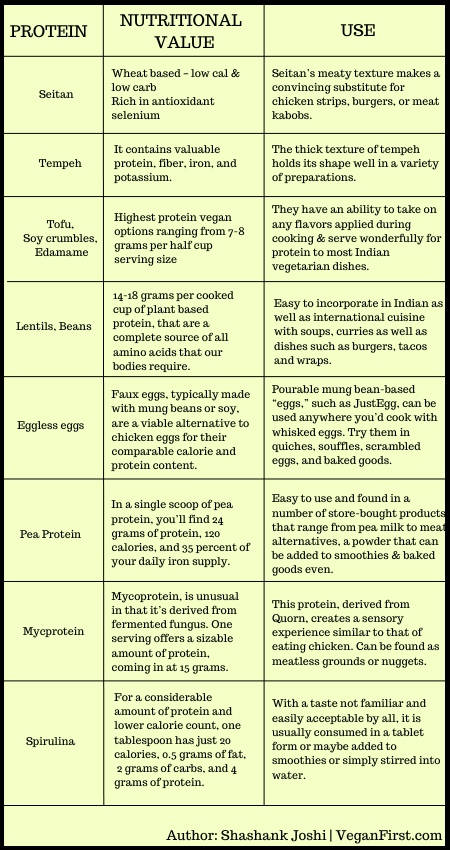
PROS AND CONS OF PLANT-BASED PROTEINS
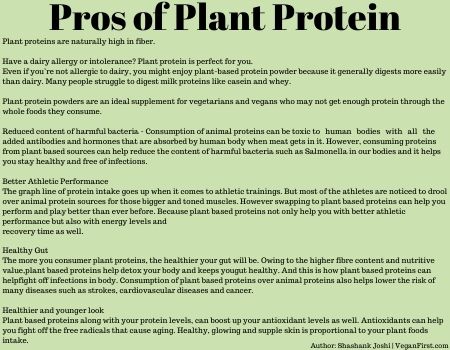
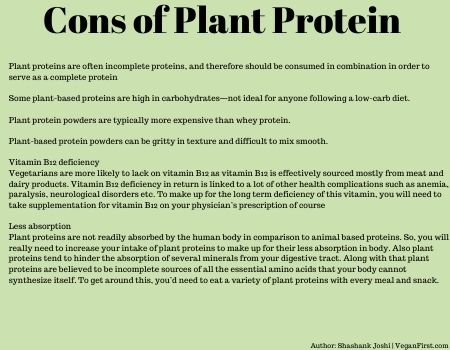
THE HYPE BEHIND PLANT PROTEINS
Recently, corporations have also begun the shift into plant-based protein amid pressure from upstarts and changes in consumer behavior. JBS, one of the world’s largest meat companies, launched its own meatless protein in June 2020.
“This is why I think people are increasingly aware plant-based products are going to completely replace the animal-based products in the food world within the next 15 years,” Impossible Foods founder and CEO Pat Brown said in an interview.
During the onset of the coronavirus pandemic, the meat industry was slammed by warnings of meat shortages due to shuttered plants, resulting price increases, and growing numbers of sick workers — conditions that would potentially present new opportunities for plant-based companies.
The plant-based meat industry saw sales surge 264% in the 9 weeks ended May 2, 2020. While these numbers are still a small portion of meat sales, their growth highlights the opportunity that meat alternatives gained amid the pandemic.
EXAMINING THE FLIP SIDE: ANIMAL MEAT – FARMING TECHNIQUES & MISCONCEPTIONS
Global production and consumption of meat continue to surge as demand is driven upward by population growth, individual economic gain, and urbanization.
In 2012, the Food and Agriculture Organization (FAO) of the United Nations projected the global demand for meat would reach 455 M metric tons by 2050 (a 76% increase from 2005). Likewise, the global demand for fish is projected to reach 140 M metric tons by 20504.
The majority of this incline is attributed to middle-income countries (e.g., China), as consumption in higher-income countries is relatively stagnant or marginally decreasing (e.g., United Kingdom) and in lower-income countries, the rate of consumption is fairly constant (e.g., India).
This rising demand is problematic as current methods of large-scale animal husbandry are linked to public health complications, environmental degradation and animal welfare concerns. With regard to human health, the animal agriculture industry is interconnected with foodborne illness, diet-related disease, antibiotic resistance, and infectious disease. Notably, zoonotic diseases (e.g., Nipah virus, influenza A) are linked to agricultural intensification and meatpacking plants in the United States were hotspots for COVID-19 outbreaks. Animal agriculture also contributes to environmental issues including greenhouse gas emissions, land use, and water use.
Hence there is negativity towards Animal-based proteins due to humanitarian/animal cruelty background, artificial boosting of BMI of animals (not natural growth) with proteins/forced diets is changing the mindset of people to plant-based products.
ENVIRONMENTAL IMPACT OF PLANT-BASED PROTEINS AND MEATS
Plant-based meat uses 47 percent–99 percent less land than conventional meat (m^2-yr- land/kg-meat).
Plant-based meat emits 30%–90% less greenhouse gas than conventional meat (kg-(CO2)_2- eq/kg-meat).
Plant-based meat uses 72%–99% less water than conventional meat (l-water/kg-meat).
Plant-based meat causes 51%–91% less aquatic nutrient pollution than conventional meat (g-(PO)_4^33-eq/kg-meat).
Plant-based meat requires no antibiotics, thus making it a pathway to sustainable & healthier food supply chains.
WHAT IS DRIVING THE GROWTH OF THE PLANT-BASED PROTEIN INDUSTRY?
Health & wellness: 75% of protein users perceive pea protein as nutritious. The self- accountable consumer is seeking plant protein to meet their nutrition and wellness needs.
Rise in allergies: over half of protein users report dairy free as the most important nutritional factor when purchasing protein products
Food safety: over half of protein users wants natural ingredients in their protein products, reflecting the growing consumer demand for recognizable and simpler ingredients.
Ethics and sustainability: 62% of protein users cite sustainability as an important factor when purchasing a protein product.
GLOBAL EXPERT OPINIONS ON THIS DEBATE INCLUDE:
The difference between animal and plant proteins lies in the number of amino acids present in them. A few of the animals products are complete sources of protein providing all nine amino acids. These animal protein-rich foods are fish, eggs, red meat and poultry products like chicken.
On the other hand, all plant products lack in either one or the other required essential amino acid. This makes plant proteins less efficient in providing a complete protein nutrition. However, some argue that plant products like quinoa and buckwheat are complete sources of protein but the amount of some amino acids present in them are too less that the effect is rendered almost negligible.
It is globally accepted today, that a diet that primarily includes the right plant-based foods leads to better long-term health as well as a more sustainable environment. The Indian consumer naturally and habitually has vastly vegetarian meal moments than non-vegetarian meal moments. It specifically means vegetarians as a category (not plant-based) because we are a dairy-loving nation and that is not going to change any time soon. In fact, India is ranked among the lowest in the world as far as protein consumption per capita.
This article has been contributed by Mr Shashank Joshi, General Manager, Operations at Chitale Bandhu Mithaiwale. Mr Joshi is a professional with over 30 years of insightful experience in Food Processing Operations, Quality System Certifications, Quality System Implementations, and Techno-commercial operations.
Like this? Read: Q & A: What can I Replace Egg Yolks with in Baking?
Read More: How The Movie MILKED Exposes Harsh Practices In The Dairy Industry
AUTHOR

trending
2.png)
Be a Vegan First Informer
Send us buzzworthy news and updates
Explore
Contact Us
About Us
Stay Connected
Copyright ⓒ 2017-2023. VEGAN PASSION PRIVATE LIMITED. All Rights reserved.
For more information, please write to hello@veganfirst.com
Registered Office Address: 55, 2nd floor, lane 2, Westend Marg, Saidullajab, Near Saket Metro Station, New Delhi, Gadaipur, New Delhi South West Delhi, DL

2.png)

.png)
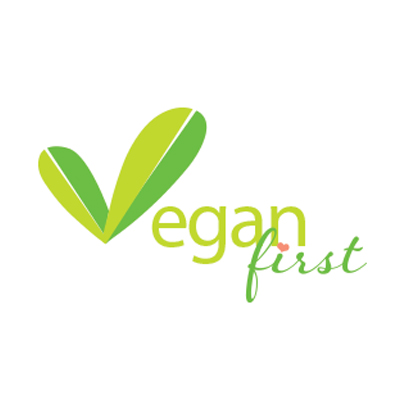
.png)
2.png)
2.png)


1.png)

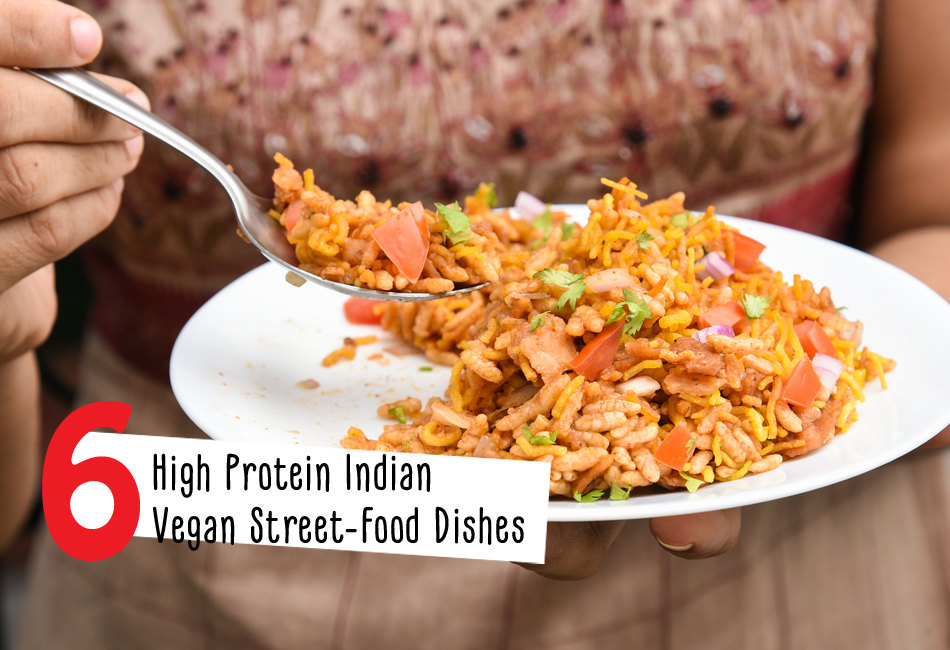

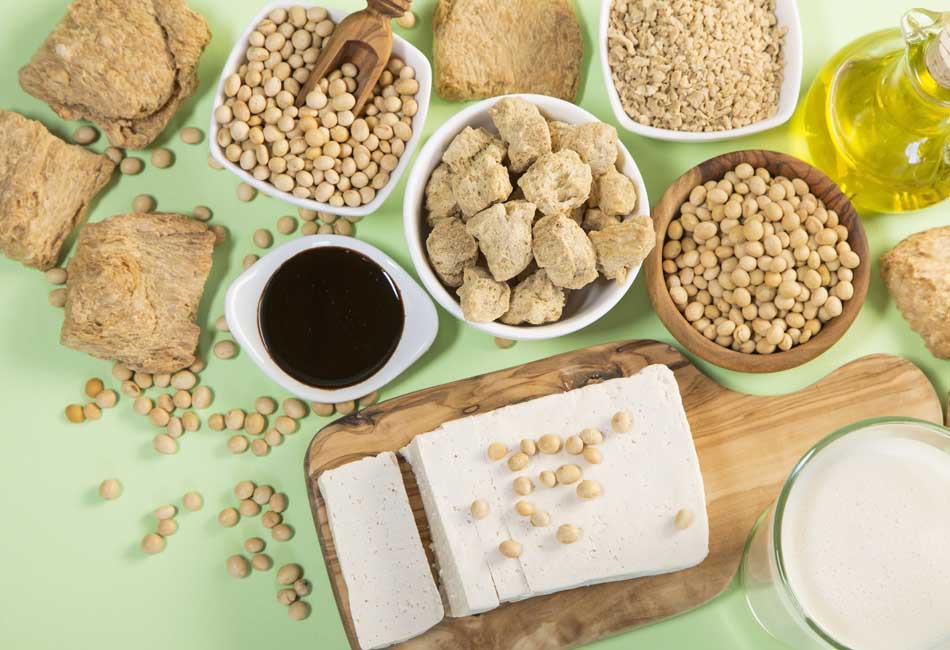
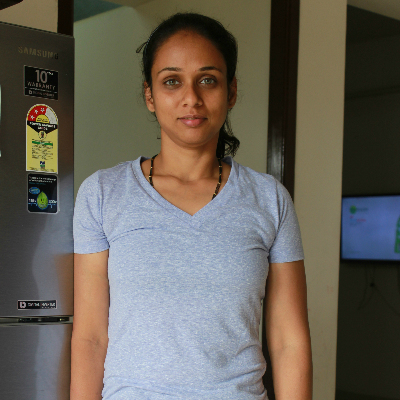
.jpg)

